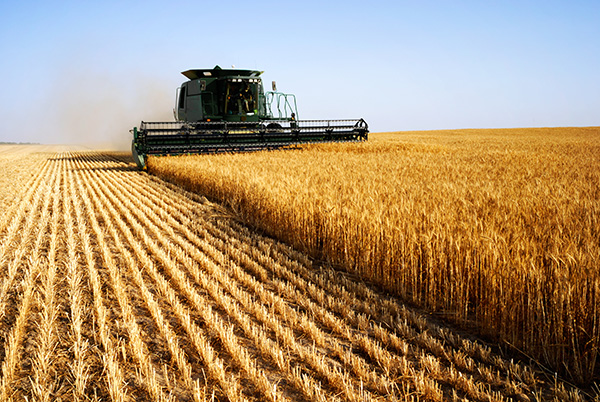

Increasing Traceability in the Grains and Cereals Market
Consumers are increasingly demanding traceability and transparency when it comes to the food on their table. Where were raw materials planted? What types of seeds were used? Did they contain traits to prevent diseases? How were they transported? How were they processed? The list goes on and on.
Traceability systems are being piloted and implemented across the food industry to help companies answer these questions. A report published by the IFT Global Food Traceability Center (GFTC) and Centaur Analytics (PDF) explores current and emerging technologies that could be put in place to digitize and automate the grains and cereals supply chain, creating greater transparency and traceability for companies and consumers.
The report uses a technology agnostic approach for traceability system design to evaluate how new advances in traceability technology may collect important data at each supply chain juncture. Among those are GPS data from a combine indicating which field the grain is harvested from; monitoring sensors on grain bins and elevators to track temperature, moisture, and CO2 levels; and Polymerase Chain Reaction based methods for detection and quantification of pathogens.
The grains and cereals market, which represents the largest agriproduct category by volume with approximately 2.7 billion metric tons harvested each year, is among many in the food industry that would greatly benefit from the adoption of traceability technology. It not only facilitates an increase in brand loyalty as consumers gain access to information about the source, production, and quality of the foods they purchase. It also has the potential to increase the availability of data to streamline compliance with food safety requirements and increase cost efficiencies in supply chain management. All in all, a win for each party across the supply chain and the consumers they aim to serve.
For more information about digitizing the grains and cereals supply chain, please download the complete report (PDF). You can also learn more about other tools and resources the IFT GFTC provides the global food industry to help companies improve food safety, diminish risk, avoid devastating health consequences, and prevent economic loss to companies and the food system.
